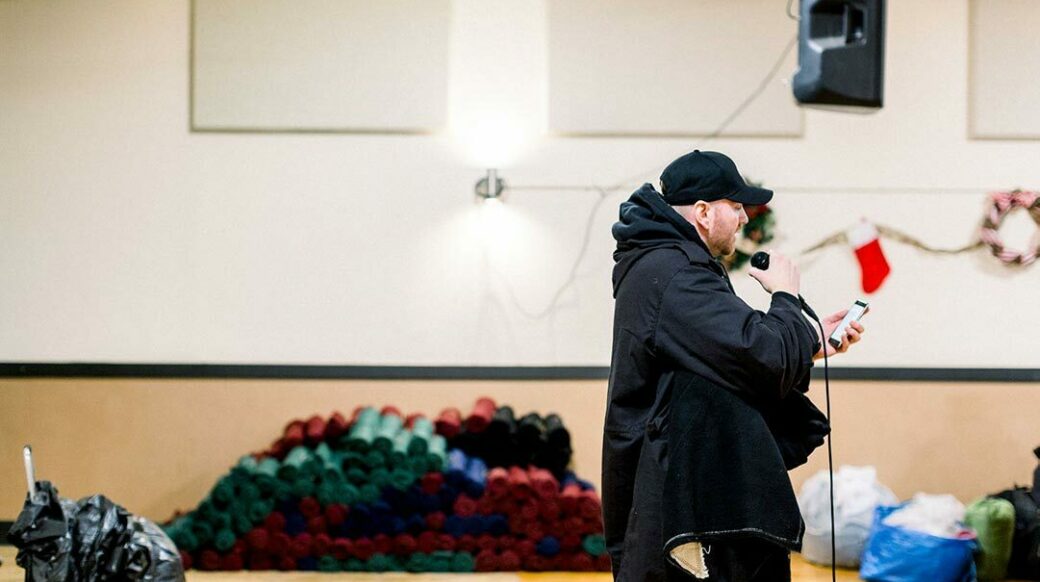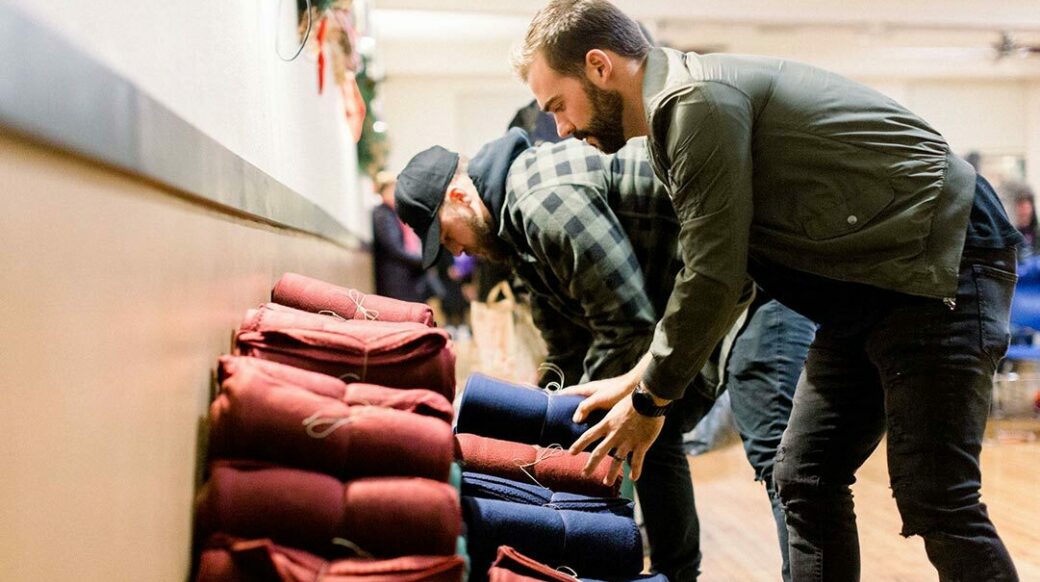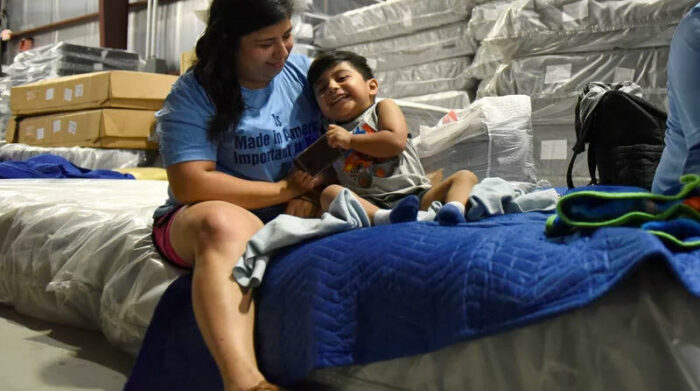More Than Ever, Consumers Want To Know Where a Brand Stands on Social and Political Issues. Patagonia and Sackcloth & Ashes are Two Case Studies For How Brands Should Respond.
According to Edelman’s 2018 Earned Brand report, 64 percent of consumers purchase goods from a brand solely based on the brand’s position on a political or social issue. This represents a 13 percent increase from the previous year. Edelman also reports that 60 percent of consumers wish brands made their values and positions on important issues more clear at the point of sale.
The report relates this dramatic jump to even more surprising statistic: 53 percent of consumers believe that brands are better positioned than the government to fix social problems. 54 percent believe it is easier for regular citizens to force brands, as opposed to the government, to address social issues.
Edelman refers to this phenomenon as Brand Democracy. According to Richard Edelman, the President and CEO of Edelman, “Brands are now being pushed to go beyond their classic business interests to become advocates. It is a new relationship between company and consumer, where purchase is premised on the brand’s willingness to live its values, act with purpose, and if necessary, make the leap into activism.”
Brand Democracy is also having an effect on how brands market themselves and their products. The Edelman report found that values-based messaging is equally powerful in producing purchase intent when compared to product benefits messaging (43 versus 44 percent), and it is more powerful than product benefits messaging when it comes to creating brand advocates (32 versus 26 percent).
Here is a quick look at how two brands are activating on these insights, and successfully constructing their marketing efforts around values that resonate with their consumers.








